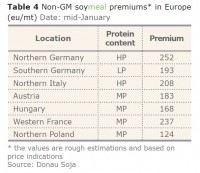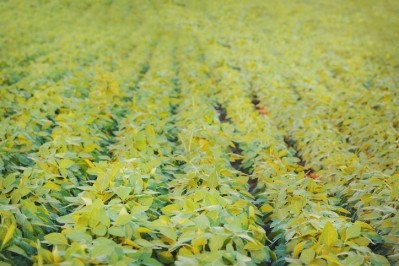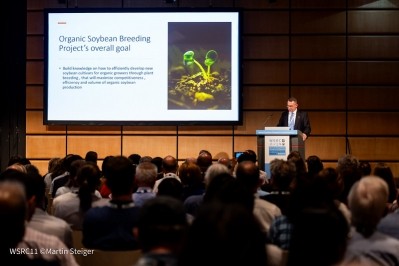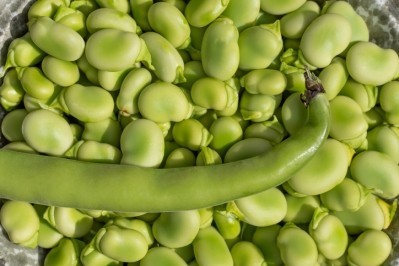Soybean production in Europe continues to expand
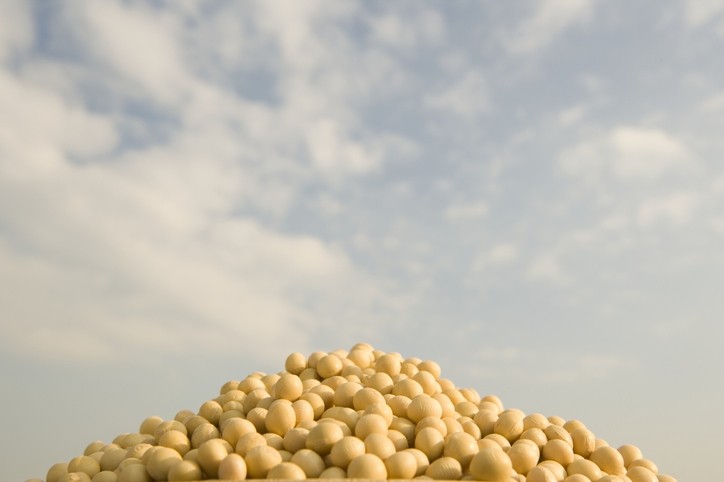
The production of soybeans under the Donau Soja (DS) or Europe Soya (ES) label increased by 49% in 2021, after a temporary decline in the 2020 season. Farmers in the 11 European countries certified under those soy standards produced 715,000 tons of soy in the 2021 harvest, reads Donau Soja’s latest market update.
"Already, 10% of the GMO-free European soy harvest is Donau Soja certified," confirmed Donau Soja chairman, Matthias Krön.
Over 10,000 farmers produce soy according to the Donau Soja specifications.
A large share of the DS/ES certified volume were recorded in Russia (202,000 mt) and Ukraine (145,000 mt) in 2021.
Yield slide
Average yield was estimated at 2.20 mt/ha in 2021, marginally lower than the previous year's result (2.22 mt/ha) and the five-year average for 2016-2020 (2.27 mt/ha).
The biggest volume gains were achieved in Ukraine (+610,000 mt) and in the European part of Russia (+206,000 mt).
The EU soybean price is stable, finds the report. The premium for non-GM beans has moved to around €50/mt at the Bologna Exchange, halving from the previous month.
“This is probably a good opportunity to buy if the conditions in Brazil persist and also affect the already reduced availability of non-GM beans.
“Decreased demand from China and lower freight costs could calm down the international market, and could bring CBOT and therefore, GM beans, to lower levels.”
Ukraine is getting a better price for non-GM soybeans than all other parts of Europe, due to the higher volumes available and the drive to cover crushing needs. “Hungarian, German, and Ukrainian crushers are the primary destinations, making these processors more liquid than southern region crushers.”
Low inclusion levels in feed
However, the publication stressed that non-GM soymeal incorporation in EU feed formulations is “probably at an historical low.”
The Donau Soja report cited “the low profitability” of the compound feed industry and producers exiting non-GM programs as some of the reasons behind those low inclusion levels in feed. “The entire feed industry is struggling, as well as beef, hogs, egg and chicken producers.”
In November 2021, the organization also noted a reduction in the use of non-GM soybean meal (SBM) by end users “due to higher incorporation of DDGs and other proteins.”
